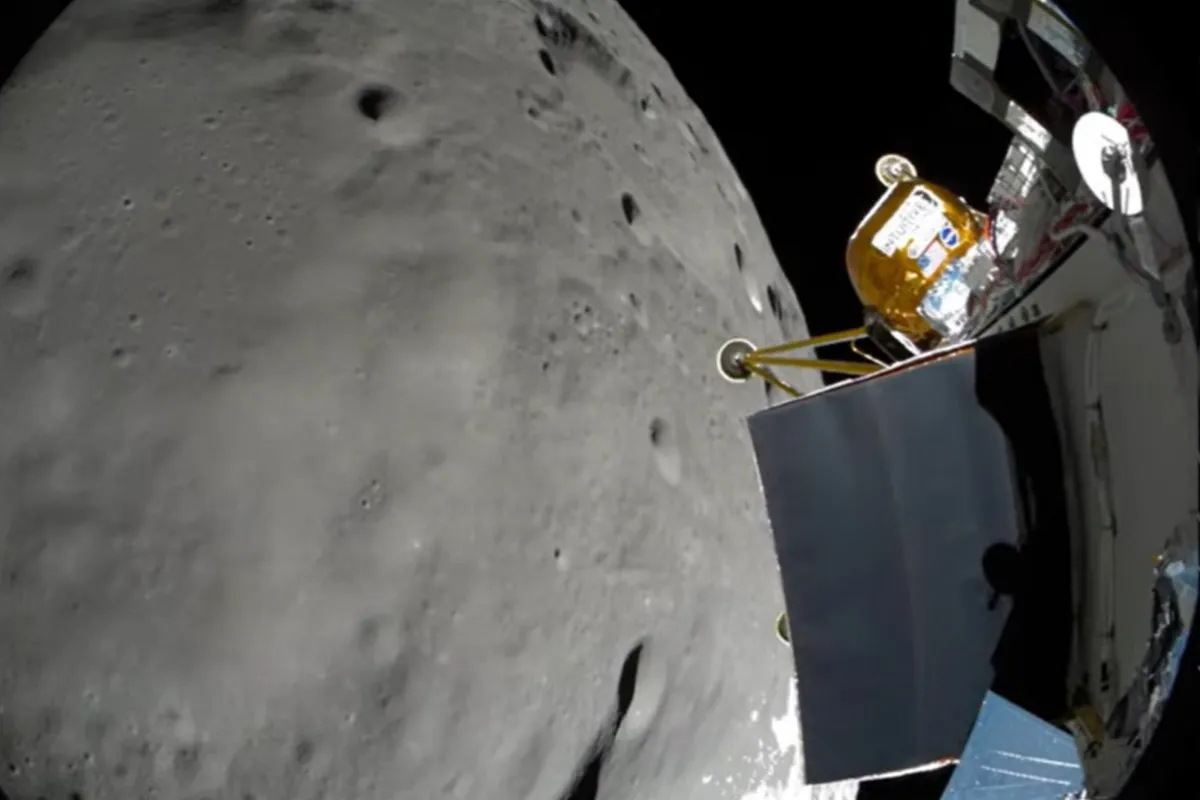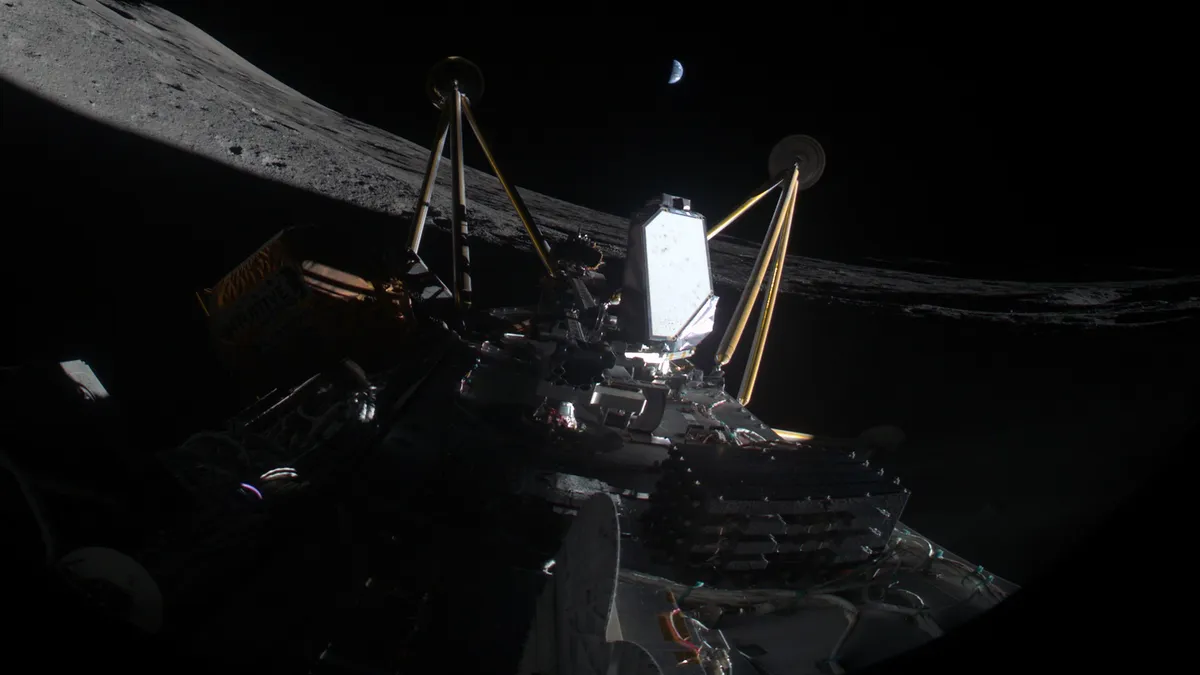Two private companies in the US are attempting the country’s first Moon landing since its Apollo program ended more than five decades ago.
Key points:
- Two US spacecraft will launch and attempt to land on the Moon between January and February
- The United States has not attempted a Moon landing since December 1972
- The companies received nearly $US80 million each in 2019 under a NASA program to develop lunar delivery services
It’s part of a NASA-supported effort to kick-start commercial Moon deliveries, as the space agency focuses on getting astronauts back there.
“They’re scouts going to the Moon ahead of us,” NASA administrator Bill Nelson said.
Pittsburgh’s Astrobotic Technology will be the first to make the attempt, with a planned lift-off of a lander spacecraft on Monday aboard a brand new rocket, United Launch Alliance’s Vulcan.
Houston’s Intuitive Machines aims to launch a lander in mid-February, hopping a flight with SpaceX.
Japan will also attempt to land in two weeks. The Japanese Space Agency’s lander with two toy-size rovers had a big head start, sharing a September launch with an X-ray telescope that stayed behind in orbit around Earth.
If successful, Japan will become the fifth country to pull off a lunar landing. Russia and the US did it repeatedly in the 1960s and 70s. China has landed three times in the past decade — including on the Moon’s far side — and plans to return to the far side this year to bring back lunar samples.
And just last summer, India did it.
Only the US has put astronauts on the Moon.
First US landing since 70s
Landing without wrecking is no easy feat. There’s hardly any atmosphere to slow spacecraft, and parachutes won’t work. That means a lander must descend using thrusters while navigating past treacherous cliffs and craters.
A Japanese millionaire’s company, ispace, saw its lander smash into the Moon last April, followed by Russia’s crash landing in August.
India triumphed a few days later near the south polar region; it was the country’s second try after crashing in 2019. An Israeli non-profit also slammed into the Moon in 2019.
The United States has not attempted a Moon landing since Apollo 17’s Gene Cernan and Harrison Schmitt, the last of 12 moonwalkers, explored the grey, dusty surface in December 1972.
Not only are Astrobotic and Intuitive Machines looking to end America’s Moon-landing drought, but they’re also vying for bragging rights as the first private entity to land — gently — on the Moon.
The two companies have been nose-to-nose since receiving nearly $US80 million ($119 million) each in 2019 under a NASA program to develop lunar delivery services. Fourteen companies are now under contract to NASA.
Astrobotic’s four-legged, 1.9-metre-tall lander, named Peregrine after the fastest bird, a falcon, will carry 20 research packages to the Moon for seven countries, including five for NASA and a shoebox-sized rover for Carnegie Mellon University. Peregrine will aim for the mid-latitudes Sinus Viscositatis, or Bay of Stickiness, named after the long-ago silica magma that formed the nearby Gruithuisen Domes.
Intuitive Machines’ six-legged, four-metre-tall lander, Nova-C, will target the Moon’s south polar region, also carrying five experiments for NASA that will last about two weeks.
The company is targeting 80 degrees south latitude for touchdown. That would be well within Antarctica on Earth, Altemus noted, and 10 degrees closer to the pole than India landed last summer.
AP



